Report Says A Service-Wide Strategy Is Needed to Increase Business Tax Return Electronic Filing

WASHINGTON -- The Treasury Inspector General for Tax Administration (TIGTA) publicly released its audit report on the effectiveness of the Internal Revenue Service’s (IRS) efforts to increase the number of business tax returns and information returns filed electronically.
The Restructuring and Reform Act of 1998 (RRA) required electronic filing (e-filing) as the preferred and most convenient method of filing Federal tax and information returns. The Act also established a goal that at least 80 percent of all returns, individual and business, be e-filed.
Electronic filing benefits both taxpayers and the IRS. For taxpayers, benefits include faster refunds, electronic confirmation of receipt of their tax returns, and secure and confidential submission of sensitive return information. For the IRS, benefits include a significant reduction of submission processing costs and the receipt of more accurate tax returns, which reduces taxpayer burden and avoids additional processing costs.
“With appropriate controls, electronic filing can be beneficial both to taxpayers, by expediting refunds and protecting the confidentiality of sensitive information, and to the IRS, by reducing processing costs and ensuring greater accuracy,” said J. Russell George, the Treasury Inspector General for Tax Administration. “Through a Service-wide strategy to increase the rate of e-filed business returns, the IRS can continue to improve and promote the benefits associated with e-filing.”
Since RRA went into effect, the IRS has focused most of its efforts on increasing the e-filing rate of individual tax returns. These efforts have resulted in considerable growth in the e-filing of individual tax returns. In Processing Year 2012, the rate of e-filing of individual tax returns was at 81 percent, compared to a 41 percent rate for business tax returns in Tax Year 2012.
TIGTA’s review concluded that, while the e-filing of business tax returns continues to increase, the e-filing rate of business returns still lags behind that of individual tax returns. Processes for business returns have not been established by the IRS to consistently ensure compliance with e-filing requirements and assessment of penalties. Employment tax returns provide the most significant opportunity for growth in business e-filing, but a burdensome electronic signature process constitutes a barrier to growth in this area.
In addition, TIGTA found that, by establishing certain requirements for paid preparers that would apply to the e-filing of business returns in a manner that corresponds with existing requirements for e-filing individual tax returns, the IRS could increase the number of e-filed business returns. Overall, based on its review of Tax Year 2012, TIGTA determined that it would be possible for the IRS to increase its e-filing rate for business returns by 23.8 percent and reduce its paper return processing costs by more than $17 million.
In its report, TIGTA recommended that the IRS develop a Service-wide e-filing strategy for business returns, continue to expand the types of business returns that can be e-filed, and consider providing business filers with the option of Free Fillable Forms. In addition, the IRS should develop a less burdensome electronic signature process for employment tax returns and evaluate a number of other processes and procedures to increase the overall e-filing rate of business tax returns.
In their response, IRS officials agreed with five recommendations made by TIGTA and disagreed with three others.
###
Source: http://www.treasury.gov/tigta/press/press_tigta-2014-42.htm



